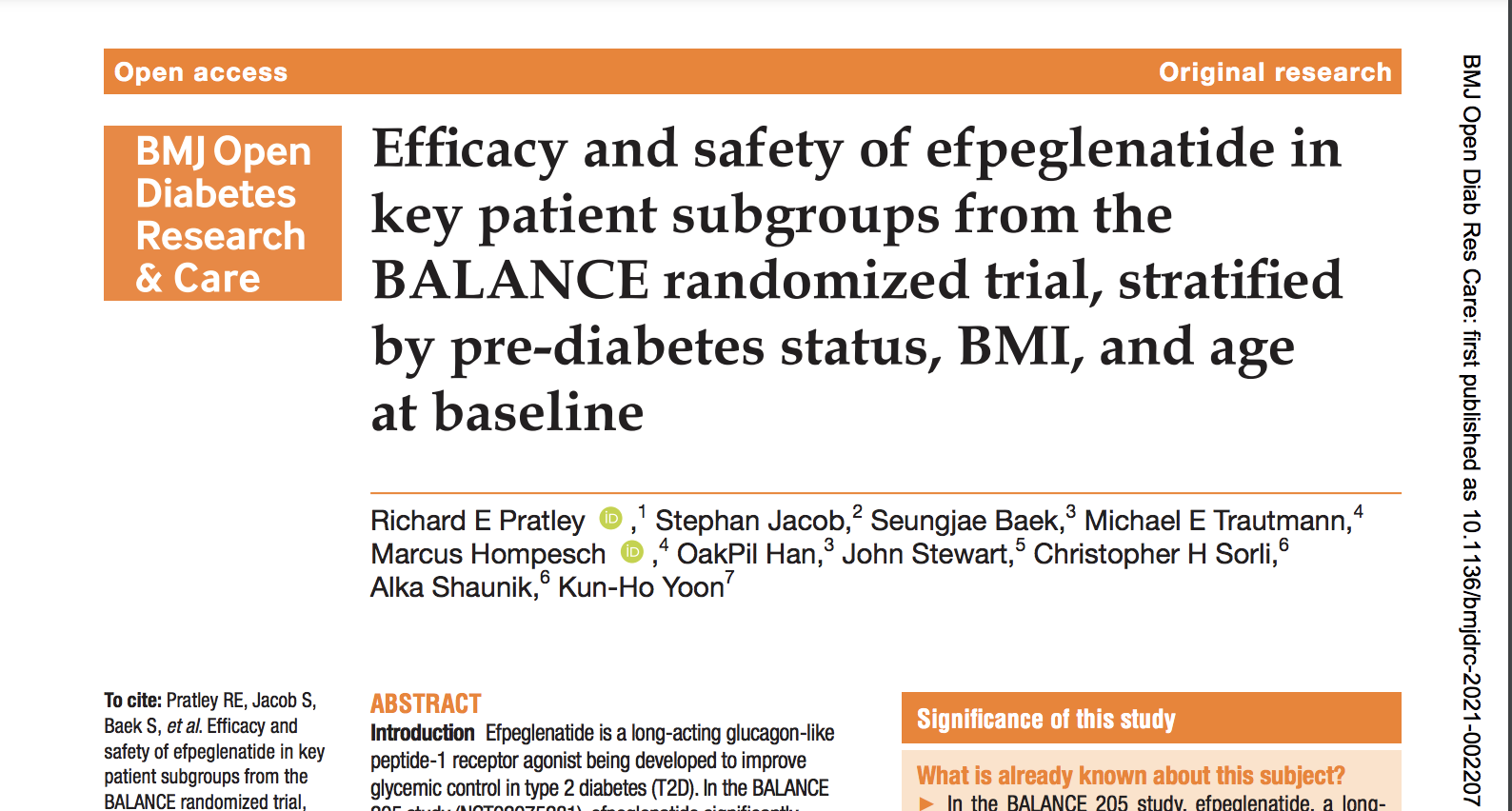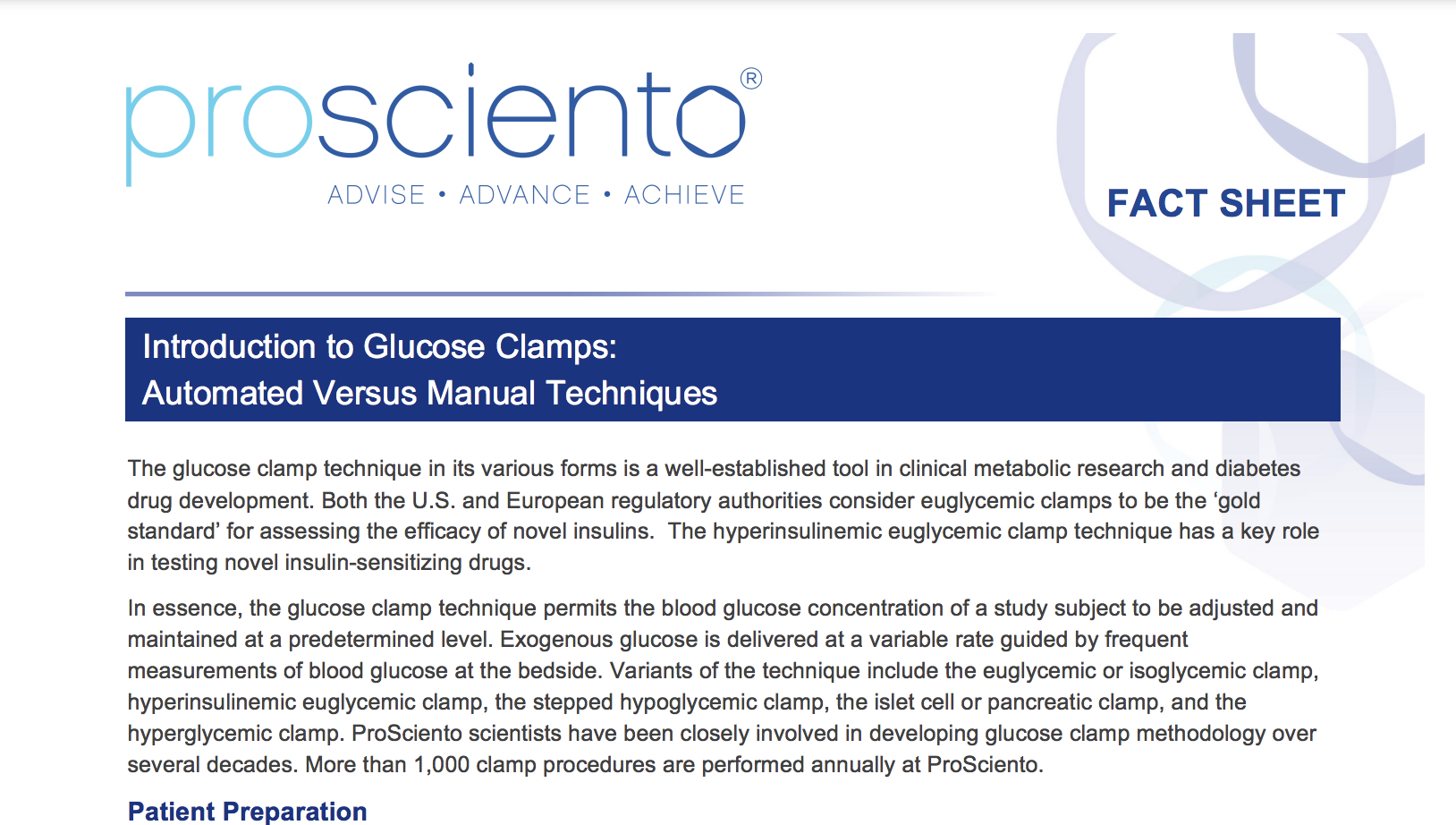About
The hyperinsulinemic hypoglycemic clamp is a variant of the glucose clamp technique designed to assess counterregulatory hormone responses under standardized conditions of experimental hypoglycemia. Hypoglycemic clamps have been extensively used in studies of the pathophysiology of iatrogenic hypoglycemia. They are also used to study the effects of novel therapies intended to reverse or prevent hypoglycemia, e.g. novel formulations of glucagon, anti-insulin receptor antibodies. Similarly, the effects on glucose counter-regulation of glucose-lowering drugs that on theoretical grounds might impair the physiological response to hypoglycemia, e.g. by restraining increases in hepatic glucose production, can also be studied with a high degree of precision and reproducibility. Such precision is not possible using a bolus of insulin which would cause non-standardized and unpredictable reductions in blood glucose to potentially unsafe levels.

Recommended Materials

Fact Sheets
Euglycemic Time-Action Profile Glucose Clamps

Articles
Efficacy and safety of efpeglenatide in key patient subgroups from the BALANCE randomized trial, stratified by pre-diabetes status, BMI, and age at baseline

Fact Sheets
Introduction to Glucose Clamps: Automated Versus Manual Techniques
Related Solutions

Specialized Methods



